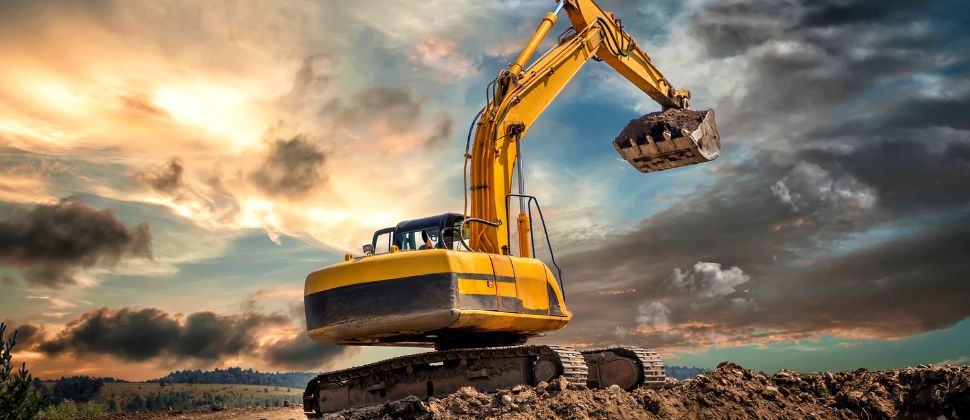A bulldozer is a massive, heavy vehicle with a wide metal piece at its front that is used for demolishing buildings or clearing land. Its tyre is substantial in size and has a front metal blade. Bulldozers benefit from their wide tyres because they help to distribute weight and pressure. The most common addition to it is a ripper, a sizable hook-like device installed single or in groups in the rear to break up dense materials. Bulldozers are extensively used in both small and large-scale construction.
Only a motorised piece equipped with a blade made for pushing is described as a “bulldozer.” The term is occasionally incorrectly used to describe other heavy machinery, such as a front-end loader that is intended to carry material rather than push it.
Bulldozers are typically massive. They can move through extremely difficult terrain with great traction thanks to the tracks. Wide tracks can also reduce ground pressure by spreading the vehicle’s weight across a larger area, which helps it avoid sinking in sand or mud. Low Ground Pressure (LGP) tracks or swamp tracks are terms used to describe extra-wide tracks. Bulldozers have transmission systems built to maximise the track system’s benefits and deliver superior tractive force.
Want To Know How Much It Weighs?

A bulldozer’s weight is determined by its size. The weight of a single bulldozer varies based on its type and ranges from 8 to 108 tonnes or 7257 and 163293 kg respectively. Bulldozers that are heavier are used for mining. Larger models can weigh more than 100,000 pounds. Depending on the size of the bulldozer you require for work, a bulldozer’s average weight varies significantly. The perfect bulldozer for you will depend on its intended purpose as well as how the weight will impact your project, team, or business. The most widely used bulldozer in the world, the Caterpillar D9, weighs around 49 tonnes (44452 kg), which is equivalent to the weight of 6 African elephants!
The following are standard examples of bulldozer weights of various models ranging from modest to heavy. Also, heavier models can weigh more than 100,000 pounds. Here is the list of different bulldozers with their weights:
| Bulldozer Model | Average Operating Weight |
|---|---|
| John Deere | 1050k (9,600lbs) |
| Komatsu D475A-8 | 17,196lbs |
| Dressta TD-40E | 146,916 pounds (66,640 kg) |
| Caterpillar D11T CD Bulldozer | 229,800 pounds (104,235 kg) |
| ACCO Super Bulldozer | 366,000 pounds (166,014 kg) |


